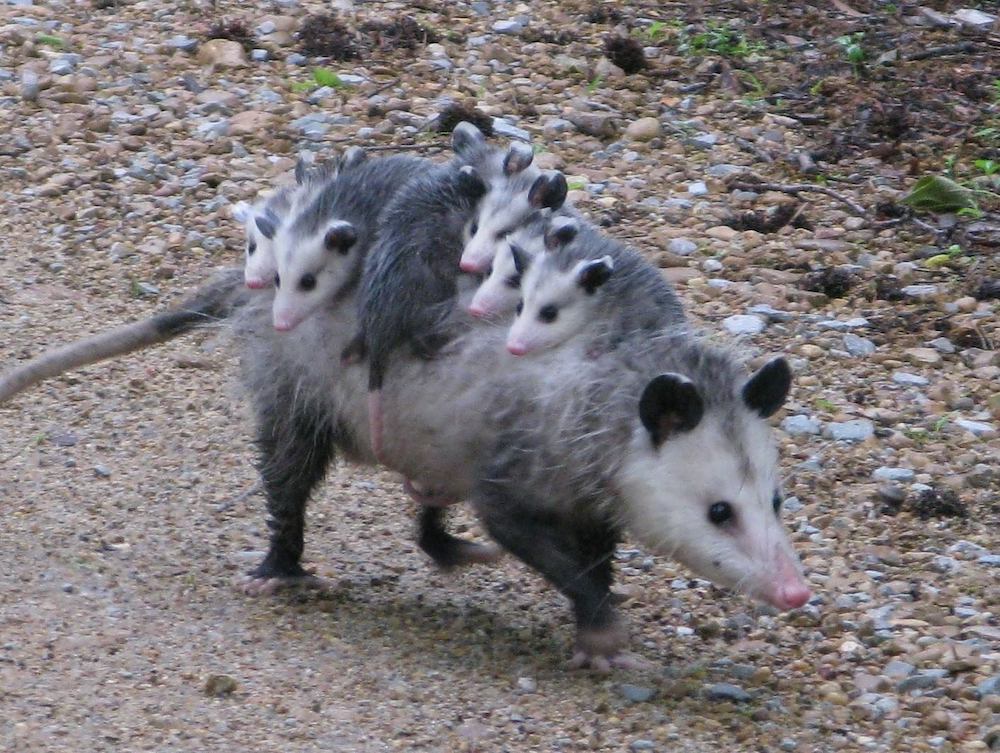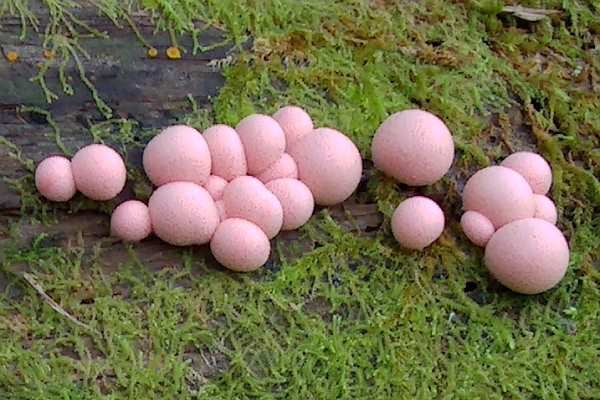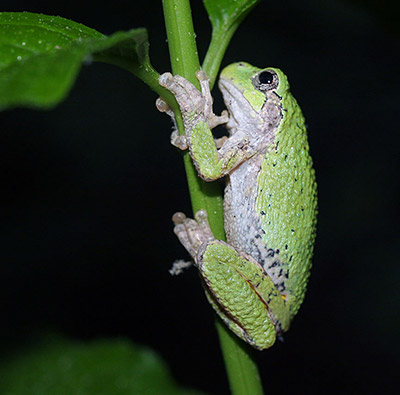Posts Tagged ‘Naturalist’s Notebook’
Surviving Winter as a Salamander in Appalachia
What do salamanders do when the air turns frigid? UVA-Wise professor Walter Smith has been observing a particular green salamander for 8 years, and shares some of the species’ survival strategies.
Read MoreTicks: Get to Know Them, and Then Avoid Them
Climate change has led to an increase in the population and range of these tiny, disease-spreading bloodsuckers.
Read MoreMeet Appalachia’s Misunderstood Marsupial, the Opossum
With their appetites for snakes and ticks, and their propensity to clean up stray roadkill and rotting plants, opossums can be helpful neighbors to humans.
Read MoreThe Intelligence of Slime Mold
This brainless, single-celled organism is able to solve surprisingly complex puzzles and is even able to memorize and anticipate changes in its environment.
Read MoreFascinating Cave Creatures of Appalachia
Hidden underneath the majesty of the Appalachian mountains is a strange, enchanting cave ecosystem full of unusual creatures.
Read MoreAcrobats of the Forest: The Eastern Gray Treefrog
By Meredith Warfield It’s mating season in Appalachia, and the region’s deciduous forests are humming with life. Birdsongs may be heard by day, but by night the Eastern gray treefrogs have hopped out of the branches and flocked to nearby ponds, where they can be heard singing their melodic love songs in hopes of attracting…
Read MoreThe Forest’s Bread and Butter
By Chris Samoray Bring down the mast. But hold on seafarers, leave the sails flying. In the forests of Appalachia, this lingo doesn’t refer to sailing. Instead, it’s used by outdoor folk to describe the fruits of plants and trees, with blackberries, strawberries, blueberries, hickory nuts, walnuts and beechnuts constituting just a few. Although these…
Read MoreAmerican Chestnut: Return of the Forest King?
By Molly Moore When Daniel Boone traveled through Appalachia, the tall trunks and sweet nuts of the American chestnut flourished. But to most modern residents, stumbling across a full-size American chestnut in the woods is as likely as spotting an eastern cougar. Unlike the cougar, however, the chestnut is making a comeback. During the American…
Read MoreCreepy, Crawly Centipedes (at a Halloween Party Near You!)
By Jillian Randel They’re creepy, they’re crawly and they give you the heebie jeebies. As you gear up for Halloween, consider one of Appalachia’s scariest, most squirm-inducing invertebrates: the centipede. These nighttime crawlers may not be the cuddliest creatures, but they are beneficial to our eco-system — especially to those who garden. Although centipedes come…
Read MoreThree Weeds to Feed Your Needs
By Meg Holden Interested in going “back to the land”? What about “back to the lawn”? Build a self-sufficient salad out of greens available in your own back yard. Here are three plants that grow as weeds in our region, but are edible both raw and cooked. Lamb’s Quarters Chenopodium belandieri Lamb’s quarters, also known…
Read More









